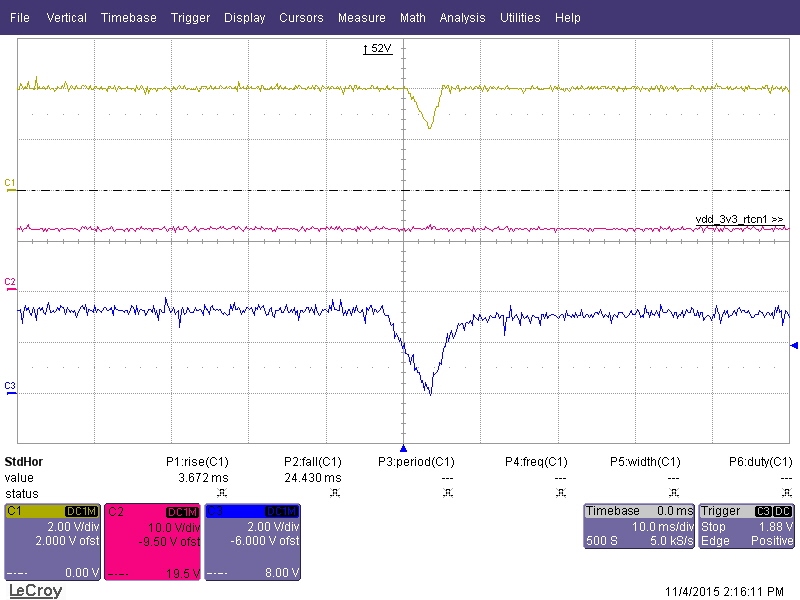I would like to able to access the LM25066IA via the SMBus before VIN is present. Can I connect VDD to a 3.3V supply which will be available before VIN is up on the device? Or alternatively to VDD of another LM25066IA which will already be powered up
-
Ask a related question
What is a related question?A related question is a question created from another question. When the related question is created, it will be automatically linked to the original question.



